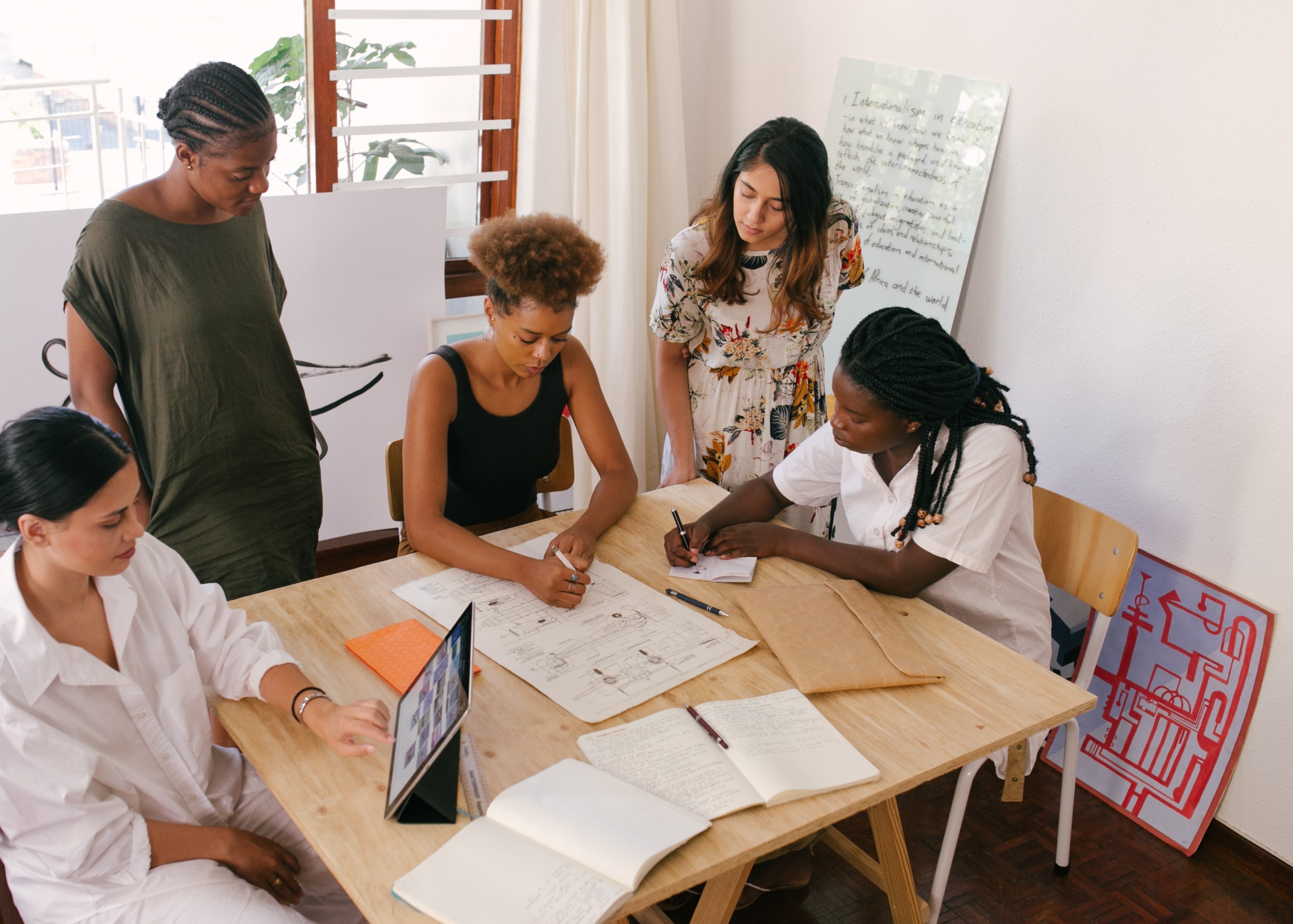Groundbreaking Workshop on AI and Technology-Facilitated Gender-Based Violence at AWiM24
Trending
Monday June 2, 2025
Trending

Gender inequality is entrenched in Africa: In governments, in organisations and even in media. In newsrooms, women are underrepresented at every level, as well as in news coverage. A report released in December 2020 revealed the marginalisation of women’s voices in news coverage around the world. In The Missing Perspectives of Women in News, study authors audience strategy expert Luba Kassova and AKAS Ltd sought to understand the status of women in news, and specifically, diversity in the workplace, women’s representation in news outputs, the proportion of women’s voices and use of women as experts in the news, and how often gender equality issues appear in news stories. The report recommended that news outlets plan coverage in editorial calendars to highlight gender inequality
The study, in which six countries, including three from Africa, were monitored, found that South Africa had gender parity in newsrooms, with 49 per cent of journalists being women. In Kenya, 42 per cent of journalists in 2015 were women (an improvement from 35 per cent in 2009), while in Nigeria, the number of women in newsrooms declined from 38 per cent in 2011 to 24 per cent in 2015.
Moving up to management positions, in Kenya women accounted for 35 per cent of top management positions, South Africa had one in four women in management, while Nigeria lagged with just four per cent of senior editorial roles in top newspapers occupied by women. Globally, 19 per cent of experts or commentators in news were women. In 2019, women’s voices made 23 per cent of the protagonists headlining the news in Kenya, 20 per cent in South Africa and 15 per cent in Nigeria.
Other studies have also painted a grim picture of the state of gender inequality in African media. The African Union’s Strategy for Gender Equality and Women Empowerment (2018 – 2028) notes that “women are underrepresented or misrepresented throughout existing media online and offline, and in news and entertainment.” The document adds that women’s voices are not heard, are likely to are portrayed in a stereotypical manner and women are less likely to hold influential positions in the media and ICT.
There are efforts to correct this state of imbalance, such as Quote This Woman, an initiative that links journalists to women and other marginalised experts, in a bid to increase their voices in media. Kathy Magrobi, who founded the non-profit organisation, told AWiM News that the biggest challenge has been convincing women that they belong in the database and have valid opinions that should be shared.
“The experts on our database have been silenced for so long, that they became uncomfortable about speaking up. We try to combat this by providing them with media training,” said Magrobi, adding that the list of experts has been used by media in South Africa, and internationally, especially during the COVID-19 pandemic.
A report on the coverage of COVID-19 released together with the study of the missing perspectives of women found that women’s voices were underrepresented in the coverage of the pandemic, in all the six countries surveyed. In Kenya, South Africa and Nigeria, only 15 per cent of leading figures in COVID-19 headlines were women.
The report titled The Missing Perspectives of Women in COVID-19 News noted that this underpins the “underrepresentation of women in the COVID-19 response, and the unique socio-economic, health and psychological challenges that women face.” Moreover, the missing voices of women meant that women could not frame the crisis in the news, and consequently had limited influence over policy decisions, which then puts them at risk of further marginalisation.
Efforts to improve gender parity in the news have been driven through media projects by organisations such as UNESCO, Internews, The Communication Initiative Network and the International Women’s Media Foundation. The recommendations from these programmes are similar – train journalists to remove existing patriarchal values and stereotypes against women and change policies and media laws to provide for quotas to fix the gender imbalance. However, Nigerian journalist and media career development specialist Lekan Otufodunrin told AWiM News that media organisations are not consciously conducting gender audits to make up for the obvious gaps. He also acknowledged that there are managers who think women cannot perform major editorial tasks.
“This is not true as there is no editorial position that a woman has not held in Nigeria or elsewhere,” he said.
Otufodunrin’s take for improving the situation is that the media should regularly audit who they quote and draw up a standard for the number of women who appear in their news coverage.
Magrobi of Quote This Woman told AWiM News that the biggest tool that would improve the chances of having more women’s voices in media, is to educate the next generation of media practitioners to value diversity.
We’re not gonna spam. We’ll try at least.

Copyright 2020. African Women In Media
Copyright 2020. African Women In Media
Recent Comments